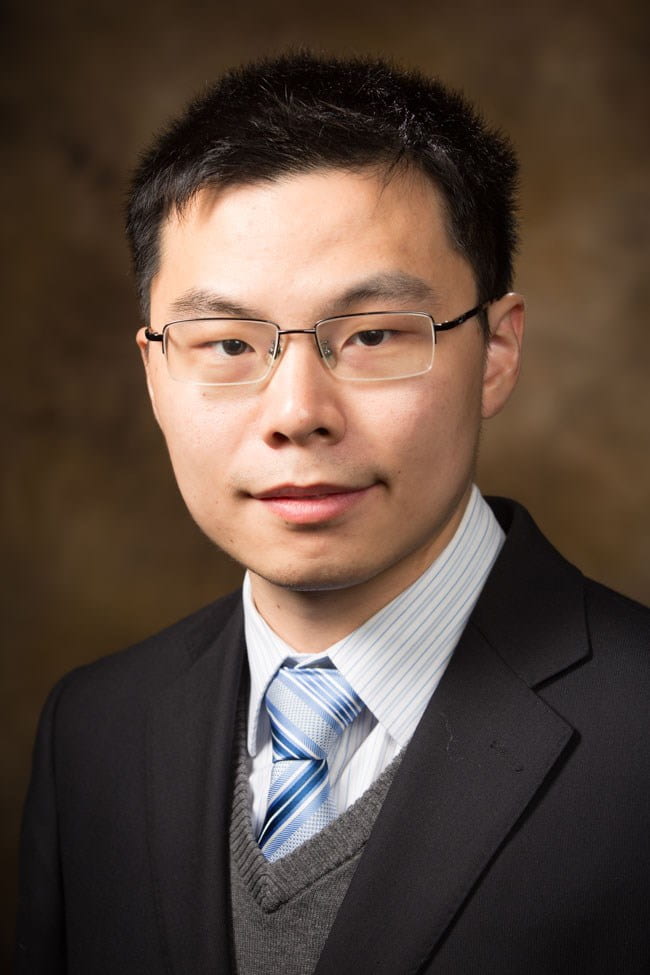Electronic Design Automation Group
Lead by

Yarui Peng
Assistant Professor, Computer Science and Computer Engineering
479-575-6043
Projects
Multi-Objective Layout Optimization for Multi-Chip Power Electronic Module
With the emergence of next-generation, wide bandgap (WBG) power semiconductor devices, the field of power electronics packaging is poised to undergo a revolution in terms of vastly increased efficiency and power density of multi-chip power electronics modules (MCPM). However, to realize these results, a multi-physics design approach involving the co-simulation of thermal, mechanical, and electrical phenomena currently necessitates the use of computationally-expensive and time-consuming finite element analysis (FEA) during the design phase as the material and geometrical limits of packaging technologies continue to push the envelope. New tools and methods for developing MCPMs need to be developed to reduce design-validation time and decrease cost-to-market issues plaguing WBG device adoption. To this end, our group has continued to develop an integrated, design-automation environment, PowerSynth, to synthesize MCPM layouts based on a multi-objective optimization framework incorporating thermal and electrical design constraints. This project is a collaborative effort between the University of Arkansas and ANSYS to develop mathematical models that will extend the current capabilities of PowerSynth to include both electromagnetic interference (EMI) and thermally-induced stress and strain mitigation.
Enhancing and Demonstration of PowerSynth - Integrated Physical Design Flow
This project further enhances PowerSynth to demonstrate the computer-aided design flow with manufactured power modules and measurement results. PowerSynth will upgrade to v2 with a major codebase upgrade and new features mainly on 3D power module designs. Structures like stacked DBCs will be demonstrated using the new layout and modeling capabilities.
Past Projects
-
Automatic Behavioral Model Synthesis for Switching Power Converters
- PowerSynth Progression Towards an Infrastructure for Heterogeneous and 3D Modules-The overall goal of the POETS project is to increase power density of power electronics by 10x in 10 years. With increasing power densities, electro-thermal optimization becomes more challenging. PowerSynth, an in-house tool built at the University of Arkansas, offers automated electro-thermal optimization, with foresight on interesting electrical and thermal effects of compact power module layouts.
